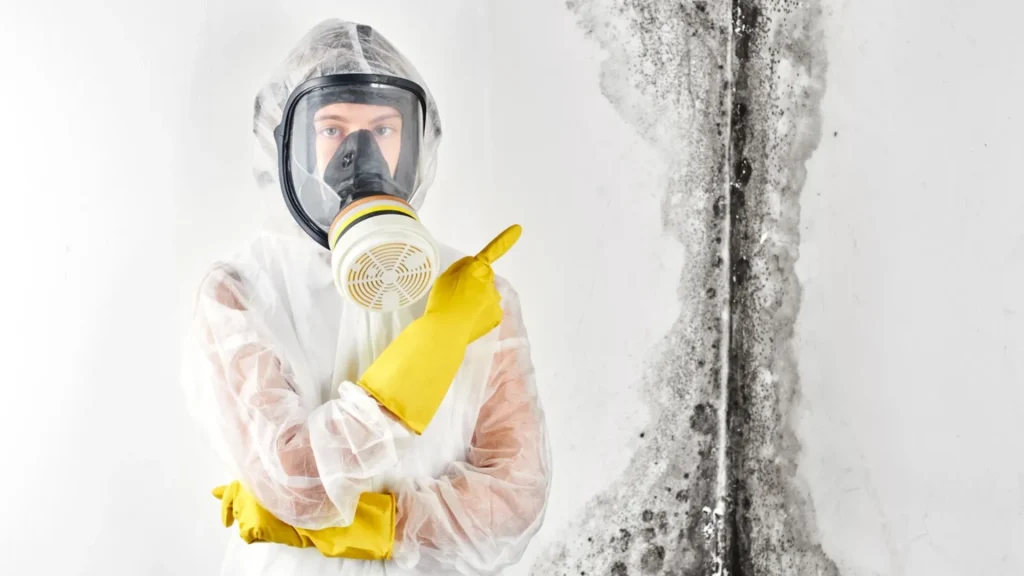10 Amazing Statistic That Will Blow Your Mind About Mold

Settlement Patterns of Mold
Mold – just like human beings – form settlements and colonize. It only takes a mere 24 hours for mold to start to grow, given the right combination of temperature and moisture. And in only 3 -12 days, mold will begin to colonize, forming Colony Formation Units or CFU’s. In just 18-21 days, the CFU’s become visible. I’ll bet the settlers to the New World wished they could be that fast!
Sleepy Time!
Most people don’t realize that mold can go dormant for extended periods. The spores go to sleep; this occurs when one or more of the nutrients needed for their reproduction is not present in the environment. Another interesting fact is that some species of mold can survive in extreme temperatures of both hot or cold.
King Tut Had Mold?
In 1922 the tomb of King Tut was uncovered. After the discovery, some strange deaths and events led to the belief that the tomb had a curse on it. One theory that emerged in the 1990s is that the tomb contained a species of aspergillus niger, a black mold. In 1999 Gotthard Kramer, a microbiologist, found several species of mold when he examined mummies. The theory was that when the tomb was opened, the spores infected the workers. Several other scientists also found different species of molds present that could produce mycotoxins. However, most believe that mold causing the “curse” is farfetched. But it is quite fun to think of the possibilities!
Human-like
It might be hard to wrap your head around, but mold has some human characteristics. It eats and digests nutrients and requires water. Mold reproduces and is made up of cells, and needs temperatures conducive to its survival. Speaking of survival, mold has survival instincts as well. When it somehow senses destruction, it quickly disperses, travels in the air, invisibly, to colonize elsewhere.
That’s a Lot of Mold!
There are an estimated 100,000 plus types of mold and 200,000 species of mold in our world. Some are toxic; others are benign; some are beneficial to humans. The most feared is the notorious black mold. Probably the most recognizable useful mold is penicillin. Other molds actually help create some of the foods we eat and drink – cheeses and salami and wine and buttermilk for some examples. Yum, yum!
Biblical Mold Remediation
A process for mold and mildew removal is mentioned in the Bible. The Book of Leviticus, 14:43, states that if mold is found, the home must be scraped and plastered. Then a priest must go to the home and examine it. If the mold persists and spread, the house is unclean and must be taken down and removed to an unclean spot. Anyone in the home must wash their clothes. If the mold has not returned, then the home is clean. The priest will take more steps to purify the house, using the blood of a bird, cedarwood, yarn, and hyssop, and a live bird. Who knows, this may have been the first mold remediation!
Teenie Tiny Beings
When we say that mold spores are microscopic, that is not an understatement! They are 1- 100 microns in size. But as that seems like a figure that is hard to conceive or picture, here is a better way to explain it. Twenty million mold spores can fit on the top of a postage stamp. Now that is teenie tiny beyond belief!
More Common Now
It seems crazy that in this day and age of so may cleaning materials present, that a home is more likely now than 50 years ago to have mold. In part, this is due to the types of building materials that we use. For example, drywall backed with paper, and various solid and composite woods – the perfect type of organic material on which the mold can feast! And though it might seem strange, the more we try and keep our homes more closed to save energy, the more we create beneficial conditions for microbial growth. There is less fresh airflow, and humidity, once in the home, is harder to remove.
Just as Dangerous Dead
Mold spores are hardy critters. The Environmental Protection Agency warns that dead mold spores can cause health problems for humans as they still give off toxins and allergins. The most common are allergic-type reactions, coughing, sneezing, red, watery eyes, rashes, headaches. The mold must be removed – not just killed. Seems very science fiction, but its true!



